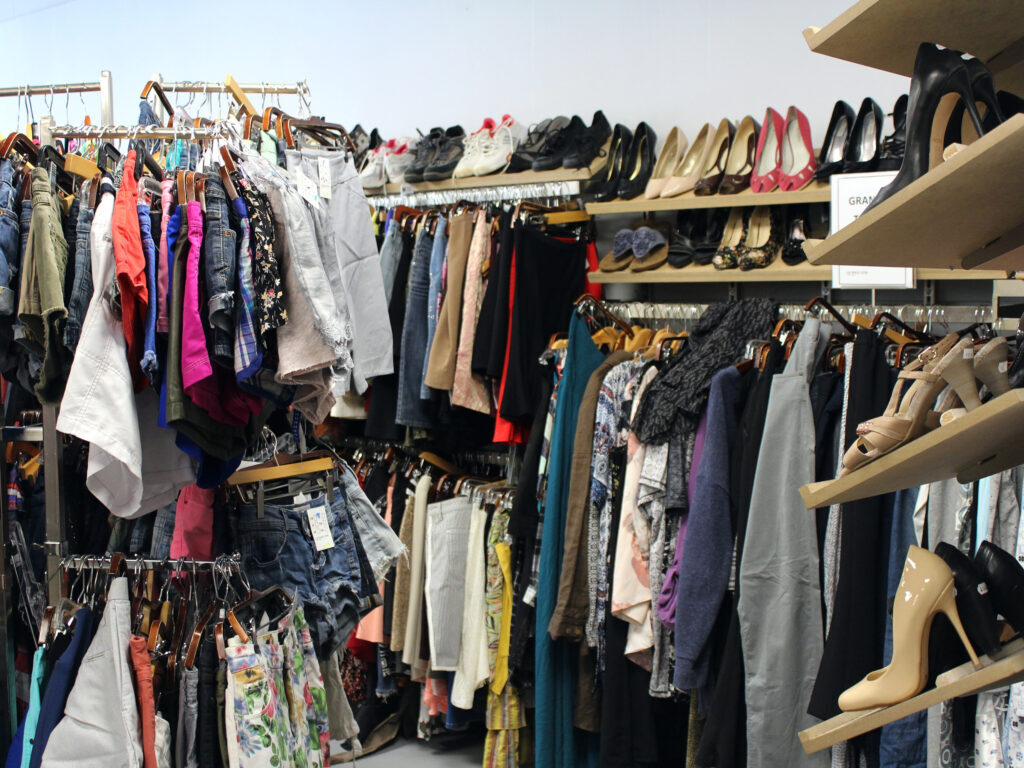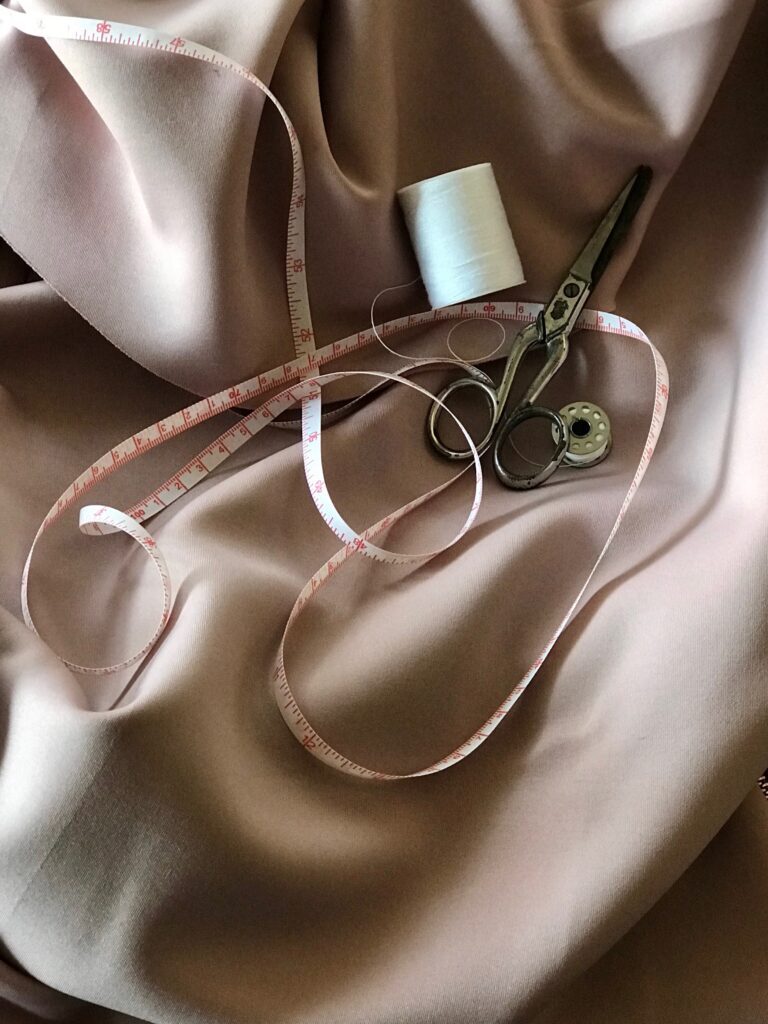
Words by Abi Scaife
It’s common knowledge now that the fashion industry has huge flaws in it. But it’s hard to break the cycle – especially when you have no idea where to start.
The fashion industry is responsible for 8-10% of global carbon emissions, and nearly 20% of wastewater. The UN estimates a single pair of jeans takes one kilogram of cotton to make and, because cotton is often grown in dry areas, that pair of jeans takes 7,500–10,000 litres of water to make. That’s about 10 years' worth of drinking water for a single person.
But equally, fashion is so incredibly important - for self-expression, for individuality, and figuring out your own identity. That’s why it’s paramount we discover new ways to engage in fashion ethically and sustainably, to make sure we can all enjoy the freedom that fashion brings us for as long as possible. So, how can we do that?
BUY BETTER
At some point, you may have to buy brand-new clothes – a winter coat for when the weather drops, or a pair of jeans that fit you properly.

When you do, avoid opting for the cheapest and most accessible piece you can get your hands on and instead see your clothes as an investment. Do your research into stores that aren’t just more sustainable, but invest in quality fabrics, and well-made garments that will last a lifetime. (You could check out GoodOnYou’s brand ratings).
“Don’t assume that to be sustainable it has to cost lots more,” says Cally Russell, CEO and co-founder of sustainable clothing brand Unfolded. “One of our core aims, for example, is to ensure we offer sustainable products at affordable prices – this is the only way you can drive long-term mass change and really help shoppers make the sustainable switch.”
Also, adds Cally, it’s worth knowing that if a business has a fundamentally unsustainable model, then their “sustainable line” isn’t doing much “apart from a little bit of greenwashing”.
If you’re struggling with where to start, try r/buyitforlife or GoodOnYou’s brand ratings.
EDUCATE YOURSELF
Ultimately, the best way to make sustainable decisions is to educate yourself on what sustainability looks like – as well as the dangers of greenwashing. ICYMI: greenwashing is when companies advertise their products as sustainable or eco-friendly, without necessarily putting in the measures to make sure that’s true.
By educating not just yourself, but your family and friends, and spreading the word about how to make more sustainable choices, you’re moving the world towards a better way of living.

Check out charities like Fashion Takes Action and the Ellen MacArthur Foundation for more information on how to make your fashion choices more sustainable.
SWAP DON’T SHOP
Another way to future-proof fashion? Swap your clothes, rather than shop for new ones. Swap with your friends, search for local swap parties, or run your own event. This is a great option if you aren’t interested in renting out clothes for short periods of time.
Anna Cargan set up My Shared Wardrobe, a clothing swap shop, with her business partner Natalie, partially because of concerns about the environment.
“There are a lot of issues that we can't solve as individuals and it can be overwhelming when you think about it, but this is something that we can do, just to have our own small impact,” she says. “And it's that ripple effect, isn't it? It's getting people thinking about their choices and fashion and where they buy things from and [to] swap instead of buying new.”
Anna’s advice is if you do have to buy something new, because it’s something you need, take a few minutes to have a look and see if you can get it secondhand first. Her main business, BuildABundle, is an online secondhand clothing shop for kids' clothes – but there are many options for adults’ clothing too, such as Vinted and Depop.
“That's the easiest way to be more sustainable: use something that already exists rather than creating that demand for something new.”
GET CREATIVE
And lastly? Get creative. By cultivating even just some basic sewing skills, you open up a whole new world of possibilities for your clothes – you can make them last longer, adjust them to new sizes, or turn a frumpy charity shop find into a whole new outfit.

Evie Holdcroft (Holdcroft Handmades on TikTok) is a fibre artist with an emphasis on sustainability. She often uses reclaimed materials, such as non-recyclable, single-use plastics. Evie is also an avid fixer of clothing, determined to tease out every bit of life from her clothes.
“Mending and altering clothes is a way I can keep wearing the clothes I love for longer,” she tells Smiley News. “I also really like the aesthetic of visible mending, I enjoy that when I fix my clothes it adds to the story of the garment. It always reminds me of the Japanese ethos of wabi-sabi – finding beauty in imperfections."
For Evie, fixing her clothes isn’t just a means to an end; it’s something that improves the garment as a whole. “Keep fixing your clothes – the more you do the more personal to you they become,” she says. “You’ll remember that sense of achievement every time you look at the fix, whether it's invisible or loud and proud!”
There’s no perfect solution to the environmental issues of fashion – and we can’t be perfect. We’re human, after all. But small changes add up, and by engaging in some of these practices and integrating them into our daily lives, we can be one step closer to saving the planet.
This article aligns with the UN SDG Responsible Consumption and Production.